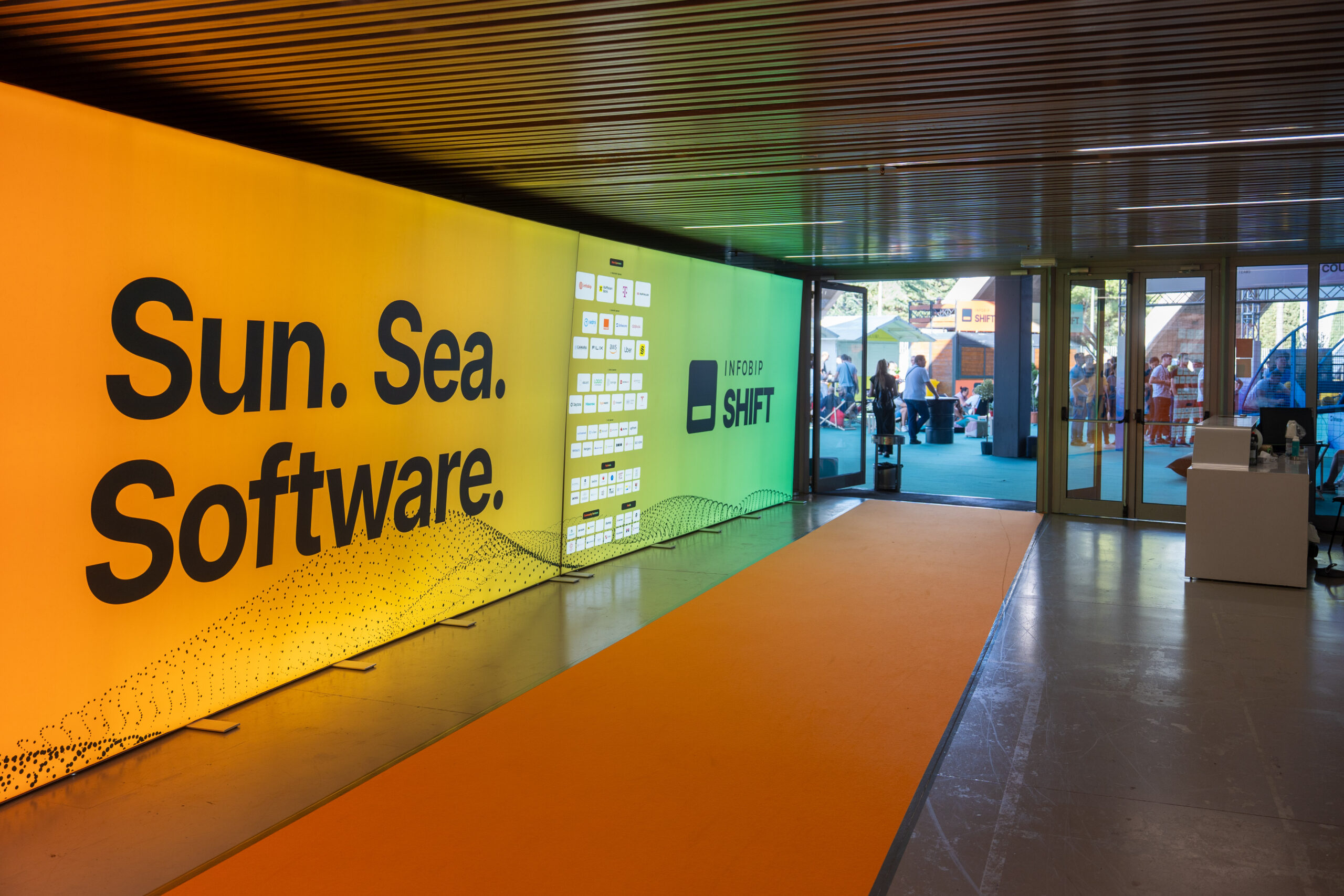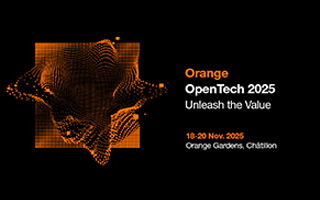Infobip Shift 2025: Network APIs, Real Code, Real Collaboration
Published: October 17, 2025

Infobip Shift 2025: Network APIs, Real Code, Real Collaboration
Infobip Shift in Zadar, Croatia (September 14–16, 2025) is Southeast Europe’s largest developer gathering — and for the second consecutive year, Orange joined this remarkable event, which brought together more than 5,000 tech enthusiasts from around the world.
With in-depth technical talks, hands-on workshops, and countless opportunities to connect, exchange ideas, and spark new projects, Shift remains the perfect venue to explore the broader impacts of technology — and the connections that power innovation.
Live Coding Session: Streamlining Onboarding with Network APIs
On the first day, from the Flow stage, Anthony Névo from Orange, delivered an enlightening talk titled “Frictionless Onboarding with Network APIs”. The session showcased how Network APIs can supercharge user activation while keeping security front and center.
In front of an audience of about 50–60 developers, the talk demonstrated how Number Verification and other Network APIs can take the pain out of onboarding. No buzzwords, no theory — just a clear path to smoother user journeys and faster activations.
Clean, fast, and secure — exactly how onboarding should feel.
The highlight of the session was a live coding demo. In under 20 minutes, a real onboarding flow was built and integrated using Network APIs. The example focused on a phone-number–based registration process: the Number Verification API confirmed ownership instantly through the user’s network provider, and the app automatically marked the account as verified.
Key takeaway
Network APIs bring a powerful edge to onboarding — faster activations, fewer drop-offs, and a frictionless experience for users, all without sacrificing security. Compared to traditional 2FA, integrating verification directly into signup keeps things seamless and opens the door for smarter, risk-based checks down the line.
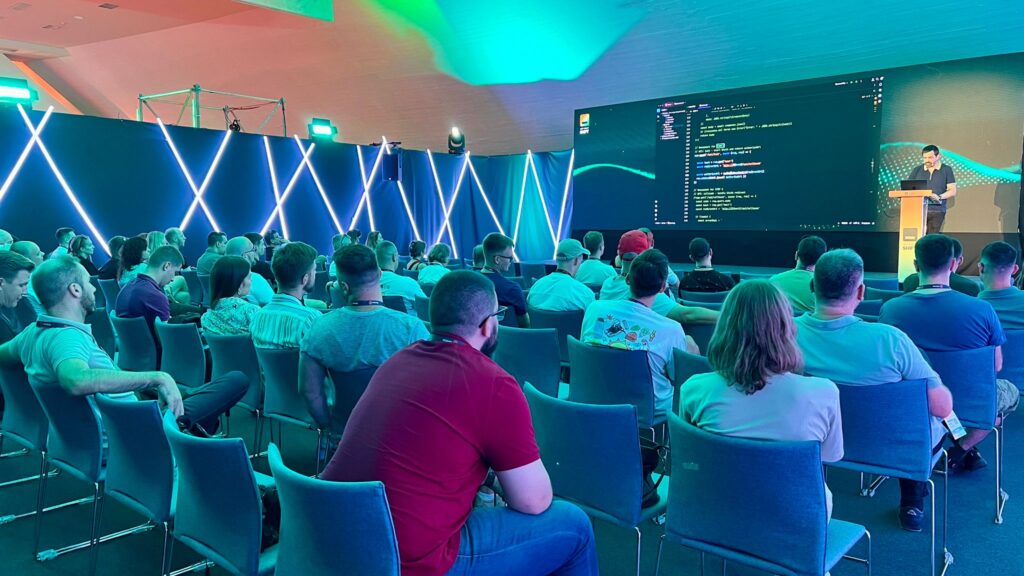
Keynote: Unleash the Power of 5G in Your Code
Following the live coding session, the spotlight shifted to one of the main stages — the Orange Stage (yes, really!) — for the keynote “Unleash the Power of 5G in Your Code: Transform Your Apps”. The session brought together Orange, GSMA and CAMARA, each sharing forward-looking insights on how Network APIs are set to revolutionize application development.
Korrey Sutherland from GSMA opened with a strategic overview of how 5G is reshaping digital experiences. Then, Cédric Gonin from Orange took the stage to present Certificall, a secure data certification solution powered by Network APIs such as Number Verification, KYC Match and Device Location Retrieval. The demo vividly showed how 5G-enabled APIs can enhance security, prevent fraud and authenticate data in real-world scenarios like insurance claims — delivering measurable gains in both trust and operational efficiency.
The keynote concluded with Markus Kummerle from CAMARA, who offered a glimpse into future opportunities and challenges shaping the next generation of 5G-driven APIs.
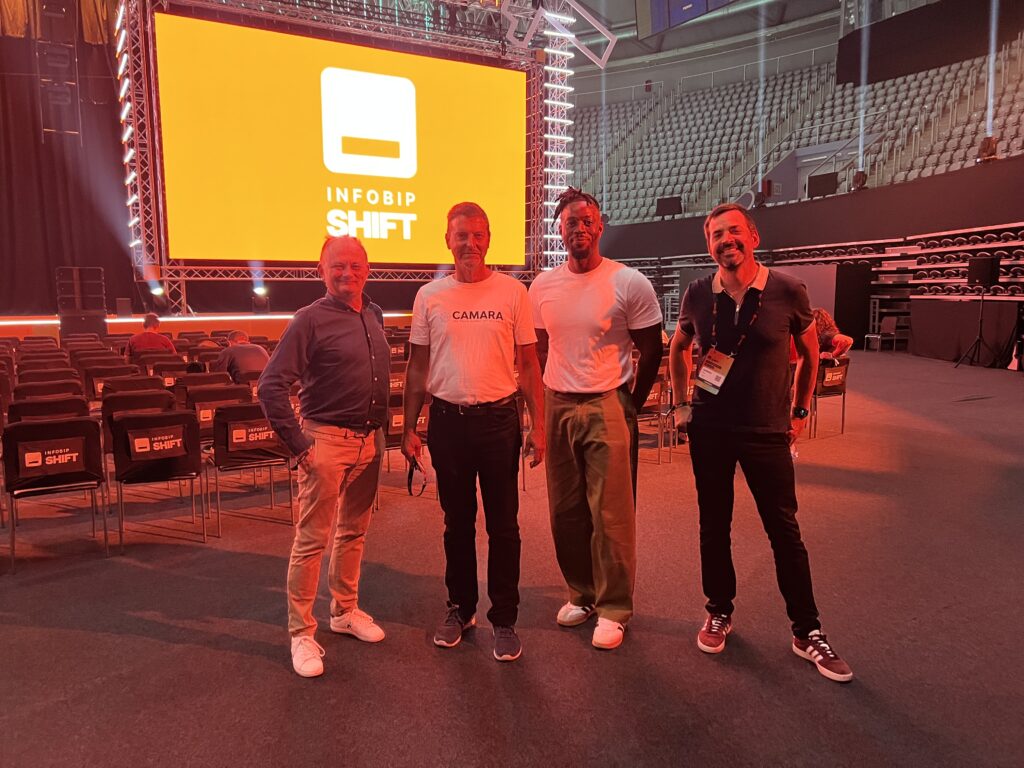
Ideathon: Building Solutions to Real-World Challenges
On the final day, GSMA, Infobip and Orange joined forces to host an ideathon themed “Resolving Real-World Challenges Using Network APIs”.
The event brought together around 15 participants for an intense sprint — from idea to prototype — all in the space of a few hours.
The session kicked off with Nikola Crnić from Infobip, who outlined the schedule and rules. Then the jury — Vilim Duganić (Infobip), Cédric Gonin (Orange) and Toyeeb Rehman (GSMA) — introduced the Network APIs participants would use. Teams of two had just 30 minutes to design new and innovative services addressing real-world problems. Once time was up, each group had five minutes to pitch their solution and win over the jury.
In the end, the judges recognized three standout projects:
- 1st place: Intelligent Mobile Insurance (geolocation-based)
- 2nd place: Shop Sphere (customized experience for e-commerce)
- 3rd place: Voting system (for diasporas or local elections)
The ideathon was a perfect playground for creativity — showcasing how Network APIs can be harnessed to design impactful solutions and spark ideas that might just shape the future.
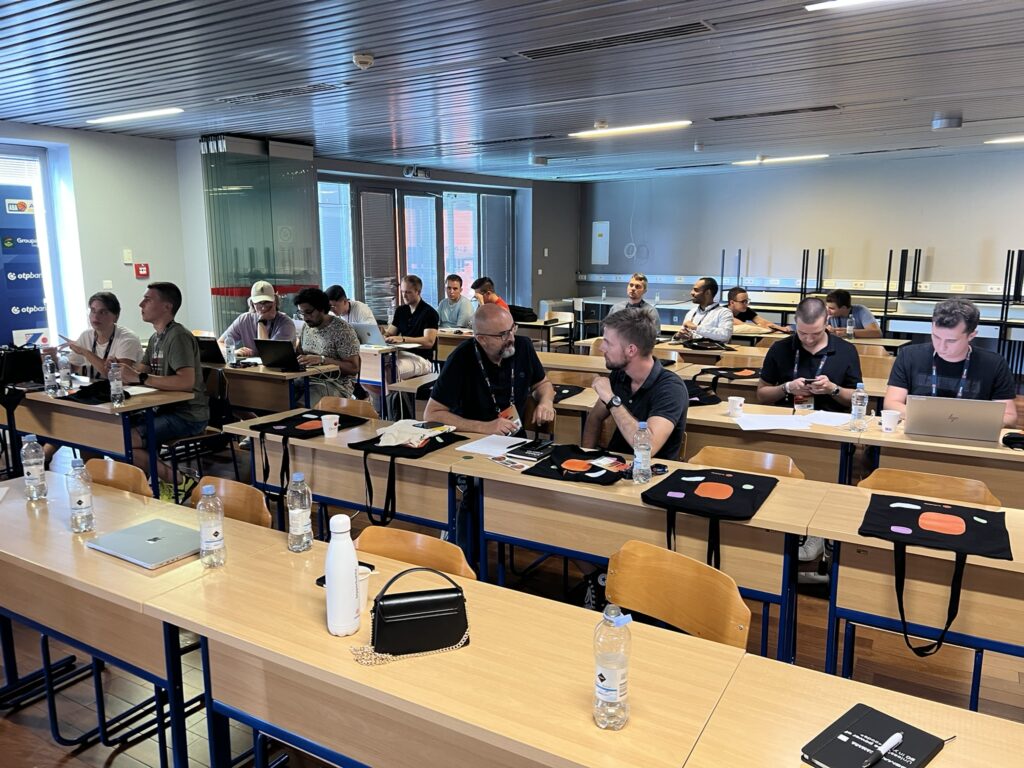
Our Joint Presence: One Booth, One Ecosystem
Throughout the conference, Orange teamed up with GSMA (Jill Cooper, Toyeeb Rehman, and Korrey Sutherland) and CAMARA (Markus Kümmerle) to share a single booth — a united front for a shared vision.
Together, we showcased the power of standardized Network APIs and sparked countless conversations about how they enable developers to deliver secure, seamless, and connected user experiences.
Following the keynote and live coding session, the booth became a lively hub of curiosity and collaboration. Developers and stakeholders stopped by to dive deeper into Network APIs, explore use cases, and discuss real-world integration. The enthusiasm was clear — the developer community is eager to put these capabilities into practice.
And of course, no great booth would be complete without great swag — ours turned out to be a real hit, drawing smiles (and quite a few return visits!) from attendees exploring the conference hall.
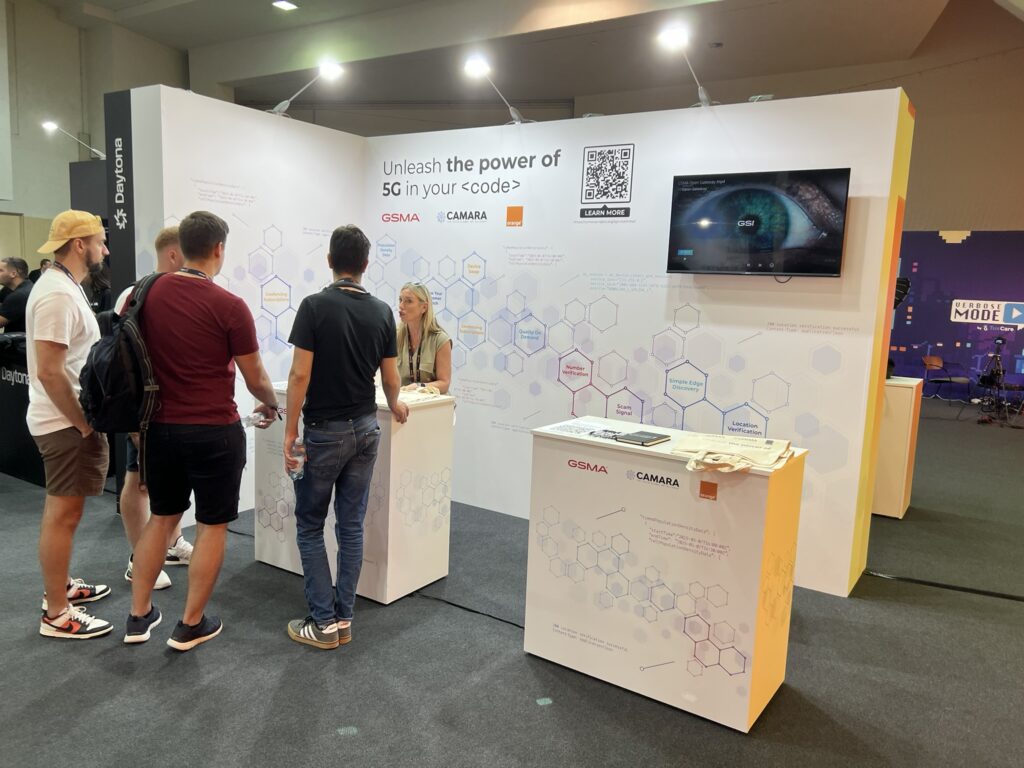
Looking Ahead
From live coding and keynote insights to hands-on ideation, Infobip Shift 2025 perfectly captured the momentum behind Network APIs — and the collaborative spirit driving their adoption. Together, Orange, GSMA and CAMARA are shaping a future where developers can build secure, seamless, and intelligent experiences — powered by the network itself.
Check out our APIs
Number Verification
The Number Verification API allows to check that the user is using a device with the same mobile phone number as the one which is declared for this user.
KYC Match
The KYC Match API allows service providers to programmatically validate a user’s identity attributes by matching them against the KYC data held by the user’s mobile network operator.
Device Location Retrieval
The Device Location Retrieval API allows to retrieve the mobile device’s geographical area position. The retrieved area depends on the network conditions at the subscriber’s location.
